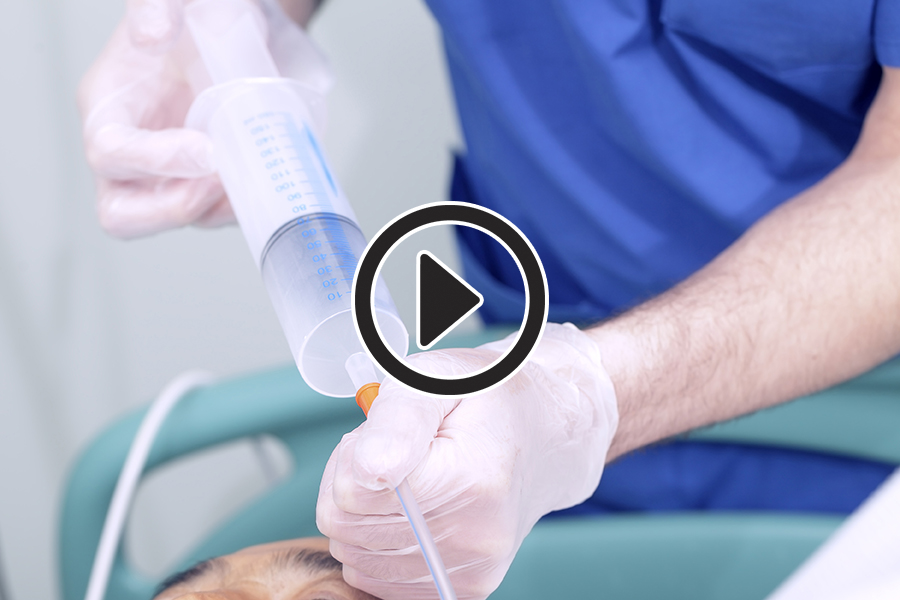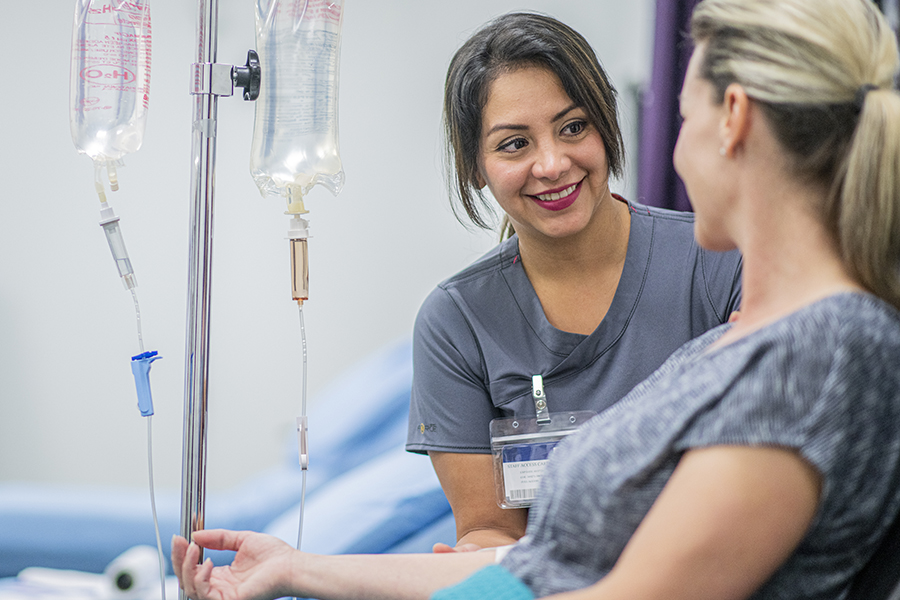In October, the Centers for Medicare & Medicaid Services (CMS) announced the Medicare Access & CHIP Reauthorization Act of 2015 (MACRA) final rule for the 2017 Quality Payment Program. The program takes effect in January 2017, with first payment adjustments effective January 2019.
4 MACRA Participation Options
The four participation options are as follows:
- Test the Quality Payment Program: With this option, providers who report some data for 2017 will avoid a negative payment adjustment. This participation level will be ideal for providers who are currently unprepared to participate in the Quality Payment Program.
- Participate for part of the calendar year: Providers who begin fully reporting later than January 1st will qualify for some payment.
- Participate for the full calendar year: This option is ideal for providers that are currently prepared for the Quality Payment Program and are ready to begin receiving Merit-Based Payment Incentive System (MIPS) reimbursement. See the section “What is the Quality Payment Program?” below for more information on MIPS.
- Participate in an Advanced Alternative Payment Model in 2017 (AAPM): The final option is for the few providers that have arranged to participate in qualifying AAPM.
Providers who do not participate in the MACRA Quality Payment Program will see a negative payment adjustment of up to 4% in 2019 (increasing to 9% in 2022). However, CMS has specified some exemptions from the negative payment adjustment:
- Businesses in their first year of Medicare participation
- Businesses that bill Medicare less than $30,000 per year, or who service less than 100 Medicare patients per year
Visit the CMS Quality Payment Program homepage to view an infographic that clarifies the payment paths and timelines.
Why did CMS introduce these four options?
The participation options were introduced in September in response to feedback from industry professionals on the program. According to the Texas Medical Association, CMS heard criticism that the originally proposed MACRA rule Quality Payment Program did not accommodate the full diversity of physician practices. Small practices (which make up approximately thirty percent of practices in the U.S., but account for only a small portion of Medicare physician payments) were better accommodated in the final rule which exempted them from negative payment adjustments in 2017.
The final rule is a relief to the many providers who were not prepared for the January 2017 deadline. According to the Deloitte Center for Health Solutions 2016 Survey of US Physicians, fifty percent of physicians had not heard of MACRA and another thirty-two percent recognized the name but did not know what it meant.
What is MACRA?
The Medicare Access & CHIP Reauthorization Act of 2015 (MACRA) is a bill that passed the senate with bipartisan support, establishing a new way to pay physicians for care of Medicare beneficiaries. MACRA is known for repealing the unpopular Sustainable Growth Rate (SGR) provisions, and replacing them with a group of Medicare payment provisions known collectively as the Quality Payment Program (QPP).
What is the Quality Payment Program (QPP)?
The Quality Payment Program (QPP) consists of a group of provisions that will be effective starting January 2017. The QPP outlines how Medicare providers will be paid for service under MACRA, offering two tracks to Medicare reimbursement: the Merit-Based Incentive Payment System (MIPS) and the Advanced Alternative Payment Model (APM). The QPP transitions Medicare payments from a fee-for-service schedule to a quality-based reimbursement structure.
Track 1: Merit-Based Incentive Payment System (MIPS)
The Merit-based Incentive Program (MIPS) is a new program in which eligible professionals will be measured on quality, resource use (cost), clinical practice improvement, and meaningful use of certified EHR technology. Scores are evaluated relative to other providers nationally. Evaluation is based on public reporting by physicians and clinicians, and is weighted according to the following schedule:
- Quality is 50% of score in 2017 and drops to 30% in 2019
- Resource use (cost) is 10% of score in 2017 and increases to 30% in 2019
- Advancing Clinical Information is 25% of score
- Clinical Practice Improvement is 15% of score
Visit the American Academy of Family Physicians for a detailed breakdown of MIPS quality measures.
Track 2: Advanced Alternative Payment Models (APM)
Due to the financial risk involved with forming an advanced APM, only an anticipated 5-10% of providers are expected to be reimbursed under Track 2. Advanced APM participants will assume more financial risk, but receive financial incentives to the tune of a 5 percent lump sum incentive payment each year from 2019 through 2024.
According to the American Academy of Family Physicians (AAFP), the current qualifying advanced advanced alternative payment models are:
- Next Generation ACO Models
- Medicare Shared Savings Programs Tracks 2 and 3
- Comprehensive ESRD Care Models
- Comprehensive Primary Care Plus Models
Learn more about how to participate in MIPS:
90-95% of providers will be participating in the MIPS track of the Quality Payment Program.
For some detailed information on how to gets started with MIPS reporting, check out this article: “Q&A on MIPS with Dr. Dan Mingle“.
Liked this? Find more articles for health care professionals in our online community.






















